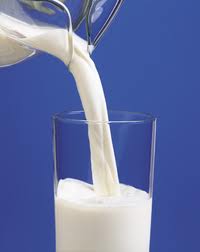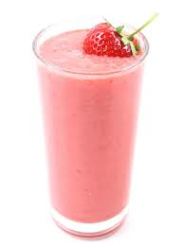The 5:2 diet, otherwise known as ‘the fast diet’ has become very quickly the talking point of recent times. There is a vast quantity of popular diets, but this one really does seem to be the best so far. Speaking as a nutritionist, i’m not interested in fad diets that make bold claims about quick weight loss, especially those which involve some form of food restriction and make no mention of physical activity. However, this diet falls very much in line with all that I agree with – no food item restriction, no ‘fast’ results (though it does prove to be constant in terms of weight loss – and that at safe levels), no insistance on eating certain food products/groups. Not only does it also promote exercise as part of the diet, but it provides nutritional and health information on their website (http://thefastdiet.co.uk/). Plus, it was created by the respected Dr Michael Mosley (along with the journalist, Mimi Spencer), the well-known Doctor and BBC presenter on such programmes such as ‘The truth about exercise’ and ‘Eat, fast and live longer’ – programmes that are unbiased and evidence based.
What the diet involves:
The 5:2 diet involves two days of ‘fasting’ in the 7-day week, to which there should be at least 1 non-fasting day between the fasting days. The term ‘fasting’ they use isn’t actually a complete fast, but a day of seriously reduced calorie intake (500kcal for women, 600 for men), whilst the other 5 days are free to eat anything you want in the quantities you wish. Suggested meals for the fasting days include scrambled eggs and ham for breakfast, and vegetables and salmon for dinner.
What this diet is based on:
This diet came out of a trial that Dr Michael Mosley did upon himself whilst working on a fasting programme on horizon (link below). He at first was sceptical, found the diet to prove rather interesting. Christianity, as well as Islam and other faiths speak of fasting as a discipline, which can be enjoyed as part of a normal lifestyle, so this idea is not a new fad. The idea of intermittent fasting has been looked at in terms of aiding chemotherapy success in cancer patients, where fast for 2-4 days before the treatment has shown to slow the rate of tumor growth. This research was mainly carried out in rats and mice, with limited work on humans, and therefore cannot be taken as reliable in anyway. Long-term studies of intermittent fasting should of course be taking place, and are taking place according to Dr Michael for us to get a realistic idea of long-term effects.
Dieting should involve two things – calorie restriction, and increased physical activity (assuming one is eating in accordance with NHS guidelines on a healthy lifestyle – http://www.nhs.uk/LiveWell/Goodfood/Pages/Goodfoodhome.aspx). Calorie restriction should be at 1200-1400 calories per day for the duration of weight loss, and then gradually increasing it when at your desired weight. Physical activity should be around 150 minutes per week of moderate intensity (where you can’t sustain a conversation with someone) or 75 minutes of high intensity. Recent research has also shown that the same results can be reached at a level of 10 minutes ultra-intense exercise spread over 3 days, where your heart rate is about 90% of its working capacity (i.e. cycling at a high resistance at your very hardest for six 30-second bouts, 3 times a week). The whole aim is to re-program your psychology towards food and physical activity.
A quote from their website:
“For people in good health intermittent fasting should be no problem. There are, however, certain groups for whom intermittent fasting is not advised. Type 1 diabetics are included in this list, along with anyone suffering from an eating disorder. If you are already extremely lean, do not fast. Children should never fast, so this is a plan for over-18s only. Pregnant women should eat according to government guidelines and not limit their daily calorie intake. If you are on medication of any description, please see your doctor first, as you would before embarking on any weight-loss regime.”
Links:
Eat, fast and live longer – http://www.dailymotion.com/video/xvdbtt_eat-fast-live-longer-hd_shortfilms#.UXqQ7Cs5yDq
BBC interview with Dr Michael Mosley about the diet – http://www.bbc.co.uk/news/health-20890613
Article by Mimi Spencer about the diet – http://www.marieclaire.co.uk/blogs/jessica-lacey/542135/the-5-2-diet-everything-you-need-to-know.html















